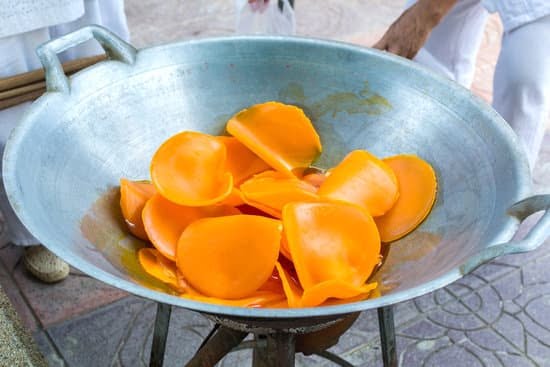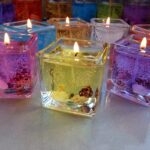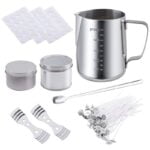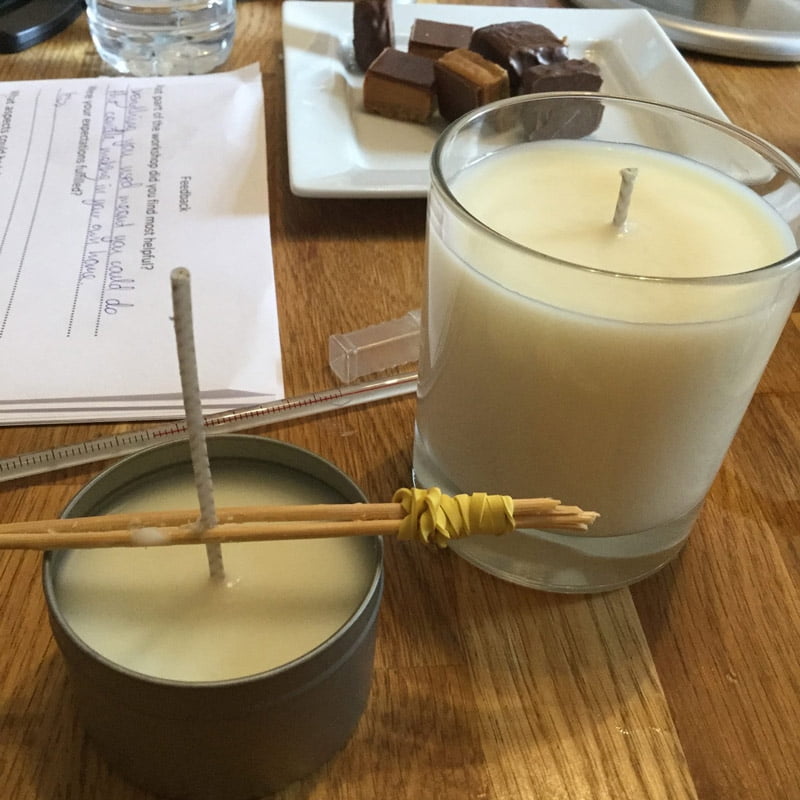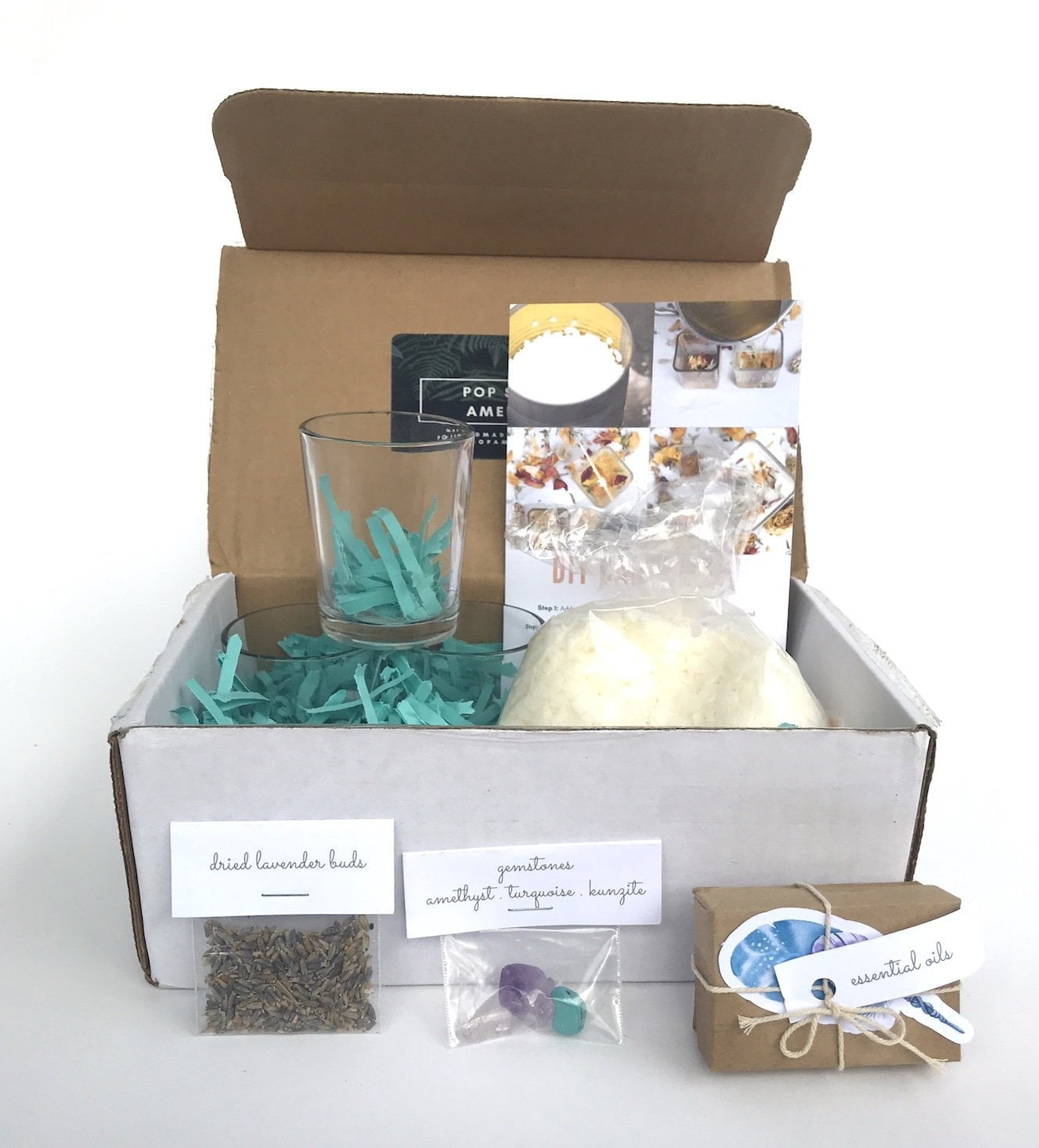Are you wondering what kind of thermometer is best for candle making? Temperature control is crucial to achieve the perfect candles, and the right thermometer can make all the difference.
Whether you’re a beginner or a seasoned candle maker, selecting the right tool is essential to ensure your candles turn out exactly as you want them. In this article, we’ll explore the different types of thermometers available for candle making and discuss the criteria for choosing the best one for your needs.
Temperature plays a critical role in every step of the candle making process. From melting wax to adding fragrance oils and dyes, monitoring and maintaining accurate temperatures are key to producing high-quality candles. Without proper temperature control, your candles may not set correctly, have poor scent throw, or burn unevenly. That’s why choosing a reliable thermometer is essential for achieving consistent results in your candle making endeavors.
In this section, we will delve into the various types of thermometers commonly used in candle making: digital and analog. Each type has its own advantages and disadvantages, so understanding their differences will help you make an informed decision when selecting the best thermometer for your specific candle making needs. Keep reading to learn more about how temperature influences candle making and how to choose the right thermometer for optimal results.
Types of Thermometers for Candle Making
When it comes to making candles, temperature control is crucial to ensure that the wax is melted and mixed at the right temperature for a successful pour. This is where having the right thermometer becomes essential. There are two main types of thermometers commonly used for candle making: digital and analog.
Digital thermometers are a popular choice among candle makers due to their accuracy and ease of use. These thermometers typically provide a digital readout of the temperature, making it easy to see exactly how hot the wax is at any given moment. Many digital thermometers also come with additional features such as preset temperature alarms, which can be extremely helpful when working with precise temperature requirements for different types of wax.
On the other hand, analog thermometers have been used for candle making for many years and are favored by some artisans for their simplicity and reliability. These thermometers usually consist of a glass tube filled with a liquid (such as mercury or alcohol) that rises or falls based on the temperature of the surrounding environment. While analog thermometers may require a bit more attention to ensure an accurate reading, they are often praised for their durability and longevity.
When considering which type of thermometer is best for candle making, it ultimately boils down to personal preference and specific needs. Some candle makers may find that a digital thermometer with advanced features suits their workflow, while others may prefer the classic simplicity of an analog thermometer. It’s important to weigh the advantages and disadvantages of each type before making a decision on which one will best suit your candle making endeavors.
The Best Thermometer for Candle Making
When it comes to making candles, having the right thermometer is crucial to ensure that the temperature of the wax is just right. There are several criteria to consider when choosing the best thermometer for candle making.
One important factor to consider is accuracy. A good candle making thermometer should be able to provide precise readings, as even a few degrees can make a difference in the quality of the finished product. Look for a thermometer that has a narrow temperature range and provides accurate readings within that range.
Another important criterion is durability. Candle making involves working with hot wax, so it’s essential to choose a thermometer that can withstand high temperatures without getting damaged. A durable thermometer will last longer and continue to provide accurate readings over time.
It’s also important to consider ease of use when selecting a thermometer for candle making. Look for a design that is easy to read and handle, especially when dealing with hot wax. A good thermometer should also be easy to clean and maintain, ensuring that it remains in good condition for future use.
| Criteria | Considerations |
|---|---|
| Accuracy | Precise readings within a narrow temperature range |
| Durability | Able to withstand high temperatures without damage |
| Ease of Use | Easy to read, handle, clean, and maintain |
Top Recommended Thermometers for Candle Making
When it comes to candle making, having the right thermometer is crucial for achieving the perfect results. There are various types of thermometers available in the market, but not all of them are suitable for candle making. So, what kind of thermometer is best for candle making? The answer to this question lies in understanding the specific criteria that make a thermometer ideal for this craft.
One of the top recommended thermometers for candle making is the digital candy or deep-fry thermometer. This type of thermometer has a high temperature range, typically up to 400°F or 450°F, making it suitable for working with molten wax.
Digital thermometers also provide accurate readings and are easy to read, even in low light conditions. Additionally, they often come with features such as adjustable clips or handles that make them convenient to use when measuring the temperature of hot wax.
Another great option for candle making is an infrared thermometer. This non-contact type of thermometer can measure the surface temperature of the wax without actually touching it, which can be very useful when working with large batches of wax. Infrared thermometers are quick and efficient, providing instant readings and eliminating the need for stirring the wax to get an accurate measurement.
In addition to digital and infrared thermometers, some candle makers also swear by analog dial thermometers. These traditional thermometers may take longer to read and require frequent calibration, but many find them reliable and durable for long-term use in their candle making endeavors.
| Thermometer Type | Features | Suitability |
|---|---|---|
| Digital Candy/Deep-fry Thermometer | High temperature range (up to 400-450°F), Accurate readings, Easy to read | Ideal for measuring hot wax |
| Infrared Thermometer | Non-contact measurement, Quick and efficient, Instant readings | Suitable for large batches of wax |
| Analog Dial Thermometer | Reliable and durable, Traditional design | Preferred by some candle makers for long-term use |
These recommendations are based on factors such as accuracy, ease of use, durability, and suitability for measuring hot wax. Ultimately, the best thermometer for candle making will depend on your specific needs and preferences as a candle maker. It’s important to consider these factors when choosing a thermometer to ensure that it will meet your requirements and help you achieve success in your candle making projects.
Pros and Cons of Using Different Types of Thermometers
When it comes to making candles, using the right thermometer is essential to ensure that the wax is at the correct temperature for pouring. There are different types of thermometers available for candle making, each with its own set of pros and cons. Understanding these can help you make an informed decision about which type of thermometer is best suited for your candle making needs.
One of the most common types of thermometers used in candle making is the analog thermometer. This type of thermometer typically consists of a glass tube with a red or silver liquid inside. The pros of using an analog thermometer include its simplicity and ease of use.
It provides a clear and easy-to-read temperature display, making it suitable for beginners in candle making. However, one drawback of analog thermometers is their fragility, as they can easily break if mishandled.
On the other hand, digital thermometers offer several advantages when it comes to candle making. They provide accurate temperature readings and often come with additional features such as programmable temperature alerts. Digital thermometers are also more durable than their analog counterparts, making them a reliable option for long-term use in candle making activities. However, one potential downside is that some digital thermometers may require batteries, which could be an additional expense over time.
Another type of thermometer that can be used in candle making is an infrared thermometer. These thermometers are non-contact and measure the temperature from a distance without touching the wax directly. One advantage of using an infrared thermometer is that it eliminates the risk of contamination by avoiding direct contact with the wax. However, they may not provide as precise temperature readings compared to traditional analog or digital thermometers.
How to Properly Use a Thermometer for Candle Making
Using a thermometer properly is crucial for achieving the perfect temperature when making candles. Whether you opt for a digital or analog thermometer, knowing how to use it correctly can make all the difference in the quality of your candles.
Calibrating Your Thermometer
Before using any thermometer for candle making, it’s essential to ensure its accuracy by calibrating it. This can be done by placing the thermometer in a glass of ice water and checking if it reads 32°F (0°C). If not, you may need to adjust it accordingly to guarantee precise temperature readings during the candle-making process.
Monitoring Wax Temperature
When making candles, monitoring the wax temperature is crucial for achieving the desired consistency and texture. Whether you’re using paraffin wax or soy wax, different types of wax require specific heating and cooling temperatures. Utilizing a thermometer allows you to closely monitor the wax temperature and make any necessary adjustments to ensure optimal results.
Stirring and Waiting
Once you’ve reached the appropriate temperature for adding fragrance oils or pouring the wax into molds, it’s important to stir the mixture thoroughly while keeping an eye on the thermometer. Afterward, allow the wax to cool down gradually while monitoring its temperature to ensure that it sets at the ideal rate for your specific candle-making project.
By understanding how to properly use a thermometer for candle making, you can achieve consistent and high-quality results with each batch of candles. Whether opting for a digital or analog thermometer, following these guidelines will help you create beautiful candles every time.
Tips for Choosing the Right Thermometer for Your Candle Making Needs
When it comes to choosing the right thermometer for your candle making needs, there are a few key tips to keep in mind. The type of thermometer you use can greatly impact the outcome of your candles, so it’s important to consider your options carefully.
Accuracy and Precision
One of the most important factors to consider when choosing a thermometer for candle making is accuracy and precision. A thermometer that provides accurate readings will ensure that you are able to maintain the correct temperature throughout the candle making process. Look for a thermometer that has been specifically designed for candle making or one that has a high degree of accuracy.
Response Time
Another important consideration is the response time of the thermometer. A faster response time means that you will be able to quickly and accurately monitor any temperature changes during the melting and pouring process. This can be especially important when working with waxes that require precise temperature control.
Durability and Ease of Use
It’s also essential to choose a thermometer that is durable and easy to use. Look for one that is made from high-quality materials and is designed to withstand the heat and potential spills common in candle making. Additionally, make sure that the thermometer is easy to read and use, especially if you are working with hot wax and need to quickly check the temperature without any confusion.
By considering these tips when choosing a thermometer for your candle making needs, you can ensure that you select a tool that will help you create high-quality candles with precision and ease. Whether you prefer a digital or analog option, finding a thermometer that meets these criteria is essential for successful candle making.
Conclusion
In conclusion, the type of thermometer you choose for candle making is an essential consideration that can impact the quality and success of your craft. Whether you opt for a digital or analog thermometer, it is crucial to prioritize accuracy and ease of use. The best thermometer for candle making will meet specific criteria such as precision, wide temperature range, and durability to withstand the heat of melting wax.
When considering the options available on the market, it’s important to weigh the pros and cons of each type of thermometer. While digital thermometers offer quick and precise readings, analog thermometers are known for their reliability and simplicity. Ultimately, the best choice will depend on your individual preferences and needs.
To ensure that you are properly using your chosen thermometer for candle making, always follow the manufacturer’s instructions and handle it with care. Additionally, consider investing in a quality thermometer that is specifically designed for candle making to avoid potential issues with accuracy or functionality.
Frequently Asked Questions
Can a Meat Thermometer Be Used for Candle Making?
Yes, a meat thermometer can be used for candle making, but it may not provide the accuracy and precision needed for optimal results. Candle making typically requires specific temperature control during the melting and pouring of wax, and a specialized thermometer designed for candle making would be more suitable.
What Is the Most Accurate Thermometer for Candle Making?
The most accurate thermometer for candle making is a candy thermometer or a digital probe thermometer with a long metal stem. These types of thermometers are designed to withstand high temperatures and provide precise readings, which is essential for successful candle making.
Is a Thermometer Necessary for Candle Making?
A thermometer is necessary for candle making to ensure that the wax reaches the correct temperature for melting and pouring. Without a thermometer, it’s difficult to determine when the wax has reached the ideal temperature, which can result in poor quality candles. Using a thermometer helps maintain consistency and improves the overall outcome of the candle-making process.

Welcome to my candle making blog! In this blog, I will be sharing my tips and tricks for making candles. I will also be sharing some of my favorite recipes.

